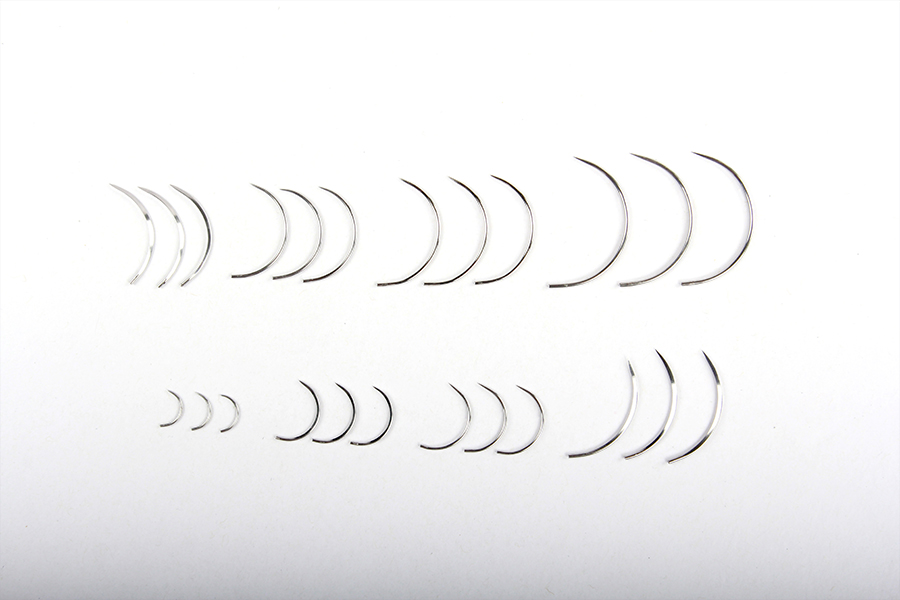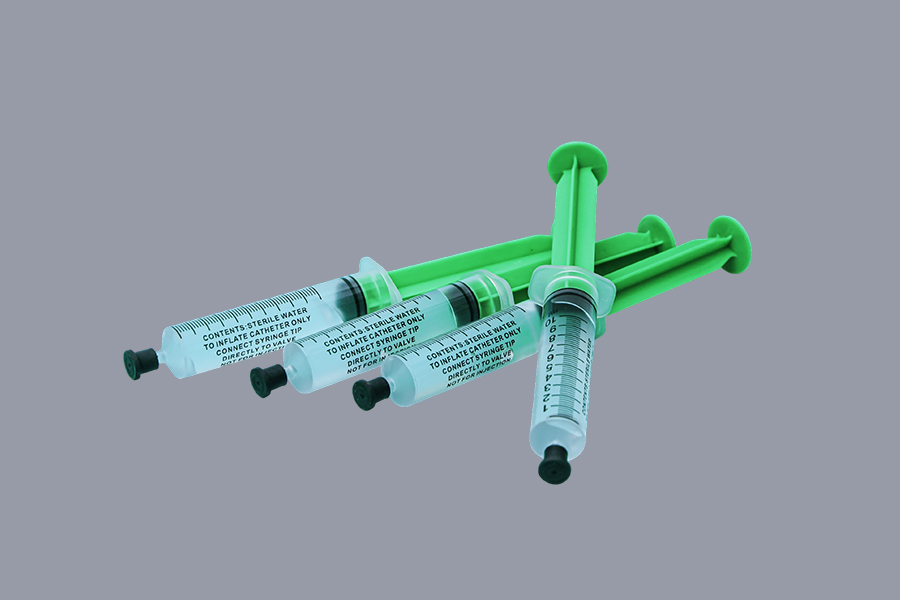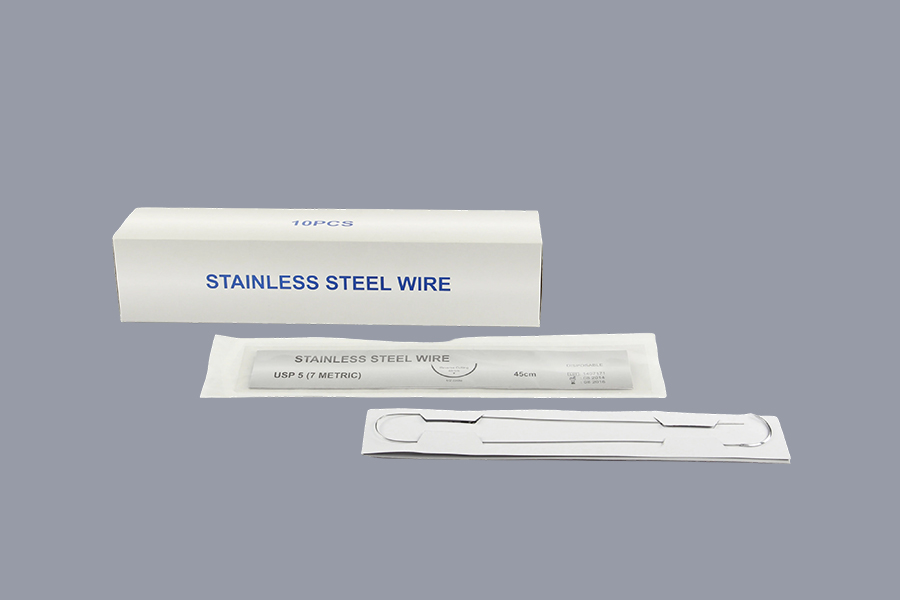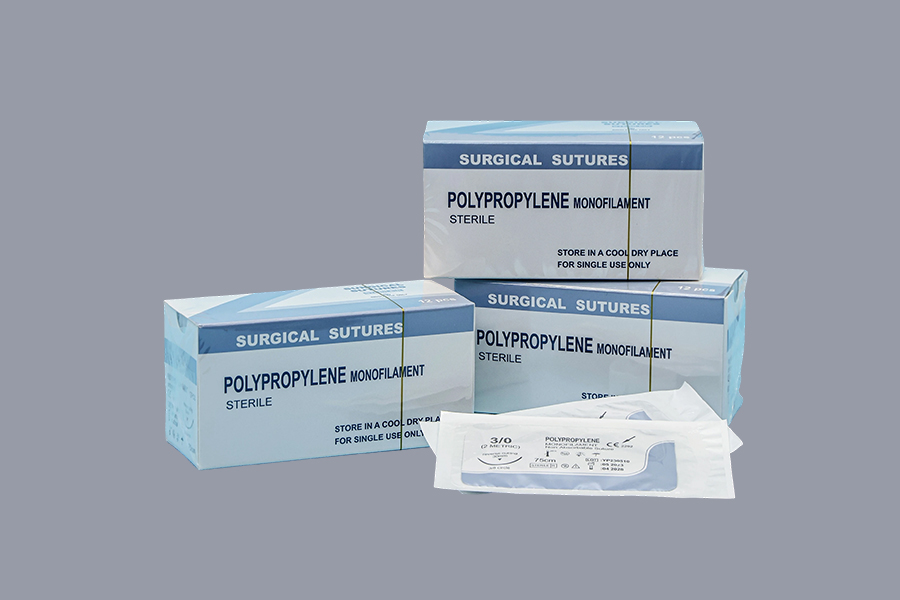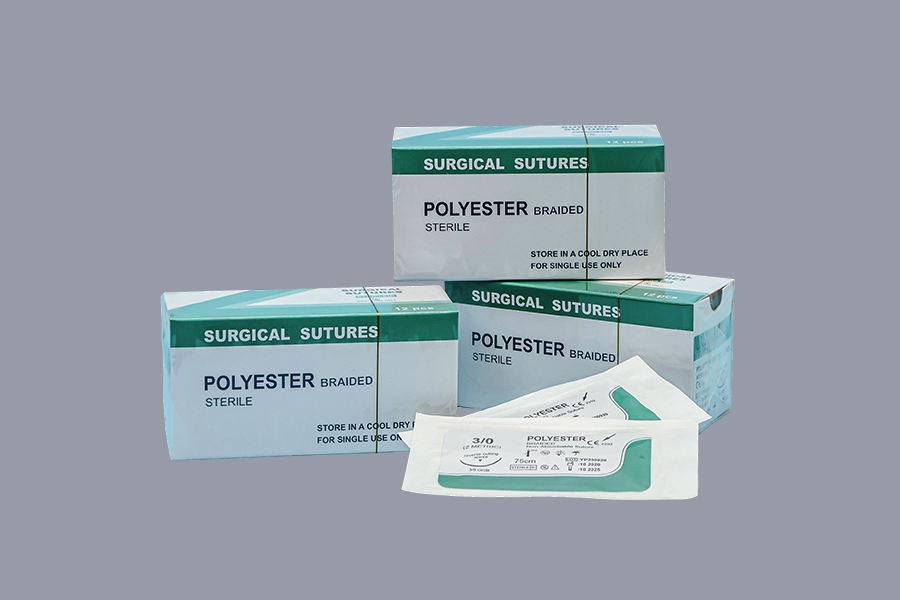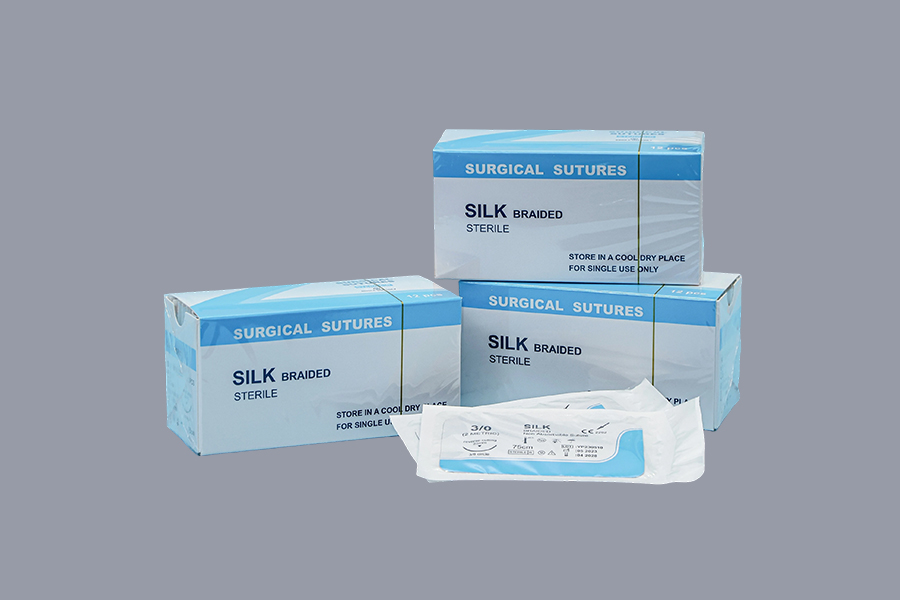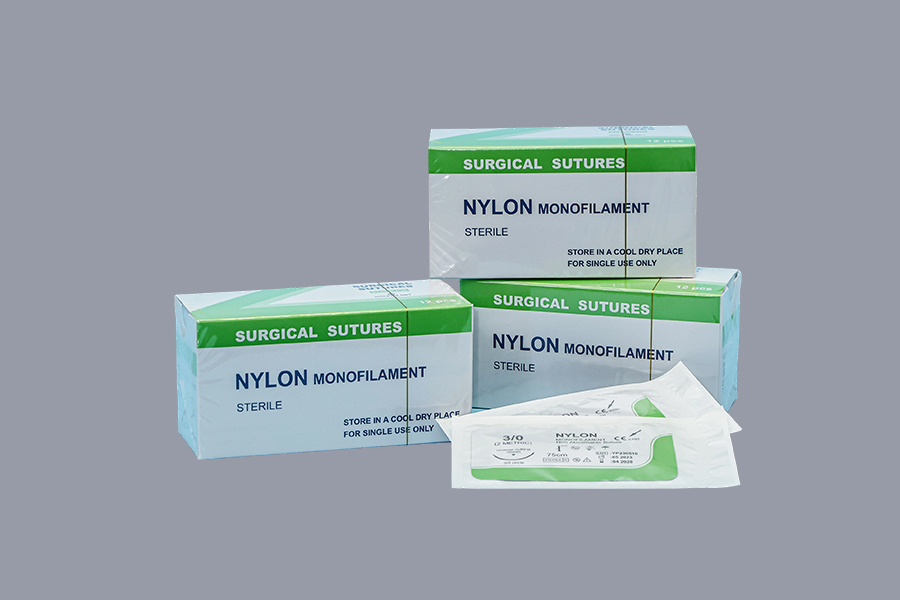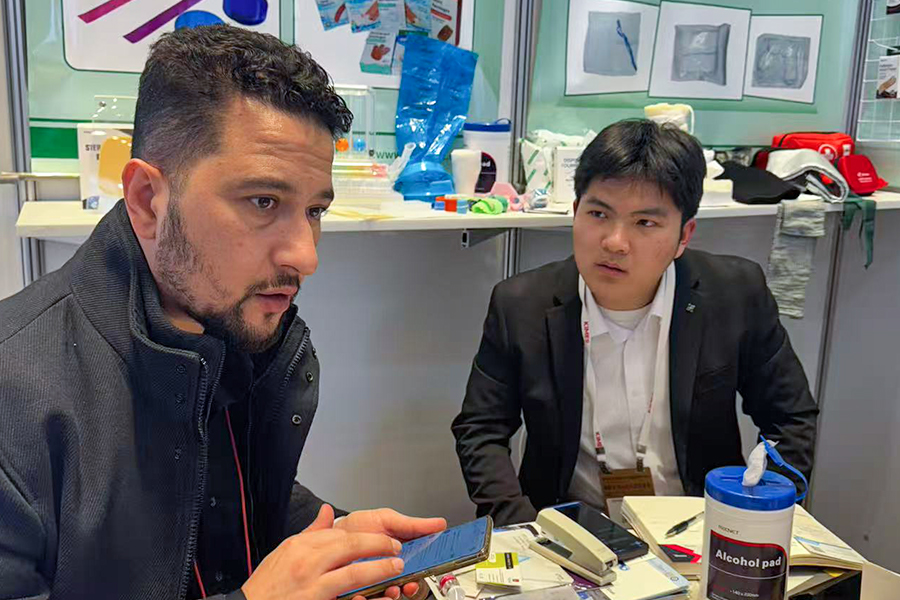Rectal Catheters: Uses, Types, Insertion, and Care
If you need to purchase related products, explore our medical catheters catalog or contact us directly for more options.
1. Introduction
1.1 Brief Overview of Rectal Catheters and Their Purpose
Rectal catheters are specialized medical devices designed to be gently inserted into the rectum for various clinical purposes. Primarily used in healthcare settings, they play a crucial role in managing lower gastrointestinal (GI) tract conditions. These catheters offer a non-invasive method to relieve bowel issues, control fecal output, administer medication, or decompress the bowel when necessary.
Rectal catheters are particularly valuable for patients who are critically ill, immobile, or suffering from bowel dysfunction. They help healthcare providers maintain hygiene, prevent skin breakdown, and monitor bowel output in patients who cannot do so independently. When used correctly, rectal catheters can significantly improve patient comfort, prevent complications, and aid in overall treatment and recovery.
1.2 Common Reasons for Using Rectal Catheters
There are several clinical indications for using rectal catheters. These devices are not used casually; they are prescribed or administered based on specific medical needs, including the following:
1.2.1 Bowel Management
Patients who are unable to voluntarily control their bowel movements, particularly those who are bedridden or have neurological impairments, may require rectal catheters as part of a structured bowel management program. The catheter allows for safe and hygienic removal of feces, reducing the risk of complications like pressure ulcers and infections.
1.2.2 Fecal Incontinence
In cases of fecal incontinence, where a person cannot control the passage of stool, rectal catheters provide a solution to manage involuntary leakage. This not only helps maintain patient dignity but also protects skin integrity and prevents contamination in healthcare environments.
1.2.3 Severe Constipation
For individuals suffering from severe or refractory constipation, a rectal catheter can be used to relieve fecal impaction when other interventions are ineffective. It may also be used in combination with enemas or irrigation solutions to aid in bowel evacuation.
2. What is a Rectal Catheter?
2.1 Definition and Description
A rectal catheter is a flexible, tubular medical device inserted into the rectum to facilitate the drainage or administration of fluids. Its primary function is to aid in bowel management by providing a controlled pathway for fecal matter or medications. Rectal catheters vary in length, diameter, and design depending on their specific use and the patient's condition. They are commonly used in hospitals, long-term care facilities, and home care settings under medical supervision.
The catheter typically connects to a collection bag to ensure hygienic and contained waste disposal. For some therapeutic procedures, it may also serve as a conduit for delivering medications or flushing solutions directly into the lower bowel.
2.2 Materials Used
Rectal catheters are made from biocompatible materials designed to minimize irritation and ensure patient safety. The most commonly used materials include:
2.2.1 Silicone
Silicone catheters are soft, flexible, and hypoallergenic. They are often preferred for long-term use due to their comfort and reduced risk of allergic reactions. Silicone is also resistant to degradation, making it suitable for repeated handling or extended wear.
2.2.2 Latex
Latex catheters are more flexible than some other materials and are generally less expensive. However, they may cause allergic reactions in some patients. Latex catheters are typically used for short-term applications unless specifically contraindicated.
2.2.3 PVC (Polyvinyl Chloride)
PVC catheters are stiffer and often used for single-use or intermittent catheterization. They are transparent, allowing for easier observation of fluid flow, and are often pre-lubricated for ease of insertion.
2.3 Different Sizes for Various Patient Needs
Rectal catheters come in a range of sizes to accommodate different patient anatomies and clinical requirements. Pediatric catheters are smaller and softer, while adult catheters vary in diameter and length to match individual needs. Choosing the correct size is essential for patient comfort, effectiveness, and minimizing the risk of complications such as leakage or tissue damage.
Healthcare providers typically select catheter size based on the patient’s age, condition, and the intended purpose—whether for decompression, fecal diversion, or medication administration.
3. Types of Rectal Catheters
Rectal catheters come in various designs, each tailored to specific clinical purposes. The choice of catheter depends on factors such as the patient's condition, the desired function (e.g., drainage, decompression, medication delivery), and duration of use. Below are the main types of rectal catheters commonly used in healthcare settings.
3.1 Foley Catheters
3.1.1 Description and Use
Foley catheters are typically known for urinary use, but specially adapted versions can be used rectally for fecal management. These catheters are flexible, tubular devices inserted into the rectum to divert liquid stool into a collection bag, reducing the risk of skin breakdown and infection.
3.1.2 Balloon Inflation for Placement
Foley catheters include an inflatable balloon near the tip, which is filled with sterile water once the catheter is inserted. This balloon helps to secure the catheter in place, preventing accidental dislodgement and ensuring continuous drainage.
3.2 Straight Catheters
3.2.1 Description and Use
Straight catheters are simple, single-lumen tubes without any balloon or retention mechanism. They are used for short-term or intermittent drainage and are generally inserted and removed after each use. These catheters are often chosen for bowel evacuation or medication delivery.
3.2.2 Single-Use, Intermittent Drainage
Due to their straightforward design, straight catheters are often single-use to maintain sterility and reduce infection risk. They are ideal for situations where prolonged catheterization is not needed, and quick intervention is required.
3.3 Rectal Tubes
3.3.1 Larger Diameter for Bowel Decompression
Rectal tubes are designed with a larger diameter to allow the passage of gas and stool, particularly in cases of bowel distension or obstruction. These tubes are useful for decompressing the lower GI tract and are commonly used in acute care settings. Their robust design makes them suitable for high-volume drainage or therapeutic enemas.
4. Indications for Rectal Catheter Use
Rectal catheters are not used routinely; they are prescribed based on clear medical indications. Their use is generally reserved for cases where other bowel management strategies are ineffective, inappropriate, or insufficient. Below are the primary conditions and scenarios that may require the use of a rectal catheter.
4.1 Fecal Incontinence
For patients who are unable to control bowel movements due to neurological impairment, spinal cord injury, or severe illness, rectal catheters help manage involuntary stool passage. They provide a hygienic and dignified solution, particularly for bedridden or immobilized patients, and help reduce the risk of skin irritation and pressure injuries.
4.2 Constipation
Severe or chronic constipation that is unresponsive to oral laxatives or enemas may necessitate the use of a rectal catheter. The catheter can assist with manual decompression of the bowel or serve as a channel for irrigation and stool softeners to stimulate evacuation.
4.3 Bowel Obstruction
In certain cases of partial or suspected bowel obstruction, rectal catheters may be used to relieve gas and fecal buildup, especially when surgical intervention is not immediately indicated. This can help alleviate discomfort, bloating, and abdominal distension while further diagnostic evaluation is performed.
4.4 Medication Administration
Some medications—especially those meant to act locally within the rectum or colon—are best administered rectally. A catheter may be used to deliver enemas, suppositories in solution form, or anti-inflammatory agents directly into the lower bowel, ensuring more effective absorption and targeted relief.
4.5 Pre- and Post-Operative Care
Rectal catheters are sometimes employed during the perioperative period to manage the bowel in specific surgical contexts.
4.5.1 Bowel Preparation
Before surgeries involving the lower gastrointestinal tract, a rectal catheter may be used to administer cleansing solutions to empty the colon and rectum, reducing the risk of contamination during the procedure.
4.5.2 Post-Operative Management
Following certain abdominal or colorectal surgeries, a rectal catheter can assist in decompressing the bowel or preventing fecal accumulation, especially when bowel function is temporarily impaired. It can also help manage leakage in patients who are recovering from procedures that affect continence.
5. How to Insert a Rectal Catheter
Proper insertion of a rectal catheter is essential to ensure patient safety, comfort, and effectiveness of the procedure. This task should be performed by trained healthcare providers or under appropriate medical supervision in home care settings. Below is a step-by-step guide outlining preparation, insertion, and important considerations.
5.1 Preparation
5.1.1 Supplies
Before beginning the procedure, gather all necessary supplies to maintain efficiency and sterility. These typically include:
Sterile gloves
Water-based lubricant
Appropriate rectal catheter (correct size and type)
Collection bag and tubing
Absorbent pad or underpad
Tape or securing device (if required)
Irrigation solution (if indicated)
Personal protective equipment (PPE) for the provider
5.1.2 Patient Positioning
Proper positioning helps facilitate easier insertion and patient comfort. The recommended position is the left lateral (Sims') position, where the patient lies on their left side with knees slightly bent toward the chest. This position aligns the rectum and sigmoid colon for optimal access.
5.2 Procedure
5.2.1 Hand Hygiene and Gloves
Begin by performing thorough hand hygiene. Put on sterile gloves to reduce the risk of infection and cross-contamination.
5.2.2 Lubrication
Apply a generous amount of water-based lubricant to the distal end of the catheter. This reduces friction during insertion and minimizes trauma to the rectal mucosa.
5.2.3 Insertion (2–4 Inches)
Gently insert the lubricated catheter tip into the rectum. For adults, the typical insertion depth is 2 to 4 inches (5 to 10 cm), or until stool or gas begins to drain. Avoid forcing the catheter—if resistance is encountered, stop and reassess. If using a Foley-type catheter, inflate the balloon with sterile water after placement to secure it.
5.2.4 Connecting to Collection Bag
Once the catheter is properly positioned, connect it to the drainage or collection bag. Secure tubing as needed to prevent dislodgement, and ensure the bag is positioned below the rectum to allow gravity-assisted flow.
5.3 Important Considerations
5.3.1 Avoiding Force
Never force the catheter into the rectum, as this may cause mucosal injury or perforation. If insertion is difficult, reassess the patient’s condition and seek medical input.
5.3.2 Monitoring Comfort
Throughout the procedure, monitor the patient for signs of discomfort, pain, or distress. Pause if necessary, and communicate with the patient to ensure they are as comfortable and informed as possible.
6. Rectal Catheter Irrigation
Rectal catheter irrigation is a procedure used to flush the lower bowel to clear blockages, remove stool, or deliver medication. It is a useful adjunct to catheter use in cases of severe constipation or bowel preparation. Proper technique and precautions are vital to avoid complications.
6.1 Purpose
6.1.1 Clearing Blockages
Irrigation helps to soften and remove impacted stool or fecal matter that may be obstructing the bowel. This can restore normal bowel function and relieve discomfort caused by constipation or fecal impaction.
6.2 Procedure
6.2.1 Using Sterile Solution
A sterile irrigation solution, often saline or prescribed cleansing fluids, is prepared. This solution is gently introduced through the rectal catheter into the bowel to facilitate evacuation.
6.2.2 Gentle Irrigation
The solution should be administered slowly and carefully to avoid causing irritation or excessive pressure in the rectum. The volume and rate of irrigation depend on patient tolerance and clinical guidance.
6.3 Precautions
6.3.1 Avoiding Over-Irrigation
Over-irrigation can cause rectal mucosa damage, electrolyte imbalances, or bowel perforation. Only the prescribed volume of irrigation fluid should be used, and repeated irrigations should be spaced as recommended by healthcare providers.
6.3.2 Monitoring Discomfort
Patients should be monitored throughout the irrigation for any signs of pain, cramping, or bleeding. If such symptoms occur, the procedure should be stopped immediately, and medical advice sought.
7. Potential Complications
While rectal catheters are generally safe when used properly, there are potential complications that patients and caregivers should be aware of. Early recognition and prevention are key to minimizing risks.
7.1 Bowel Perforation
7.1.1 Symptoms: Pain, Fever, Bleeding
Bowel perforation is a serious but rare complication where the catheter causes a tear in the rectal or bowel wall. Signs include severe abdominal or rectal pain, fever, unexpected bleeding, and signs of infection or sepsis. Immediate medical attention is required if perforation is suspected.
7.2 Infection
7.2.1 Insertion Site Infection
Improper insertion technique or poor hygiene can lead to local infections at the insertion site or within the rectum.
7.2.2 Prevention: Sterile Technique
Using sterile gloves, proper hand hygiene, and clean equipment are essential to prevent infections. Regular monitoring for redness, swelling, discharge, or foul odor around the insertion site is important.
7.3 Skin Breakdown
7.3.1 Causes: Prolonged Use
Continuous or prolonged use of rectal catheters can lead to skin irritation, pressure ulcers, or breakdown, especially if stool leaks around the catheter.
7.3.2 Prevention: Hygiene, Skin Care
Maintaining proper skin hygiene, frequent inspection, and using protective barriers can reduce the risk. Adjusting catheter fit and timely catheter changes also help protect the skin.
7.4 Latex Allergy
7.4.1 Use of Non-Latex Options
Patients with latex allergies may experience reactions such as itching, redness, or swelling when latex catheters are used. It is important to use silicone or PVC catheters as alternatives for these individuals.
8. Rectal Catheter Care and Maintenance
Proper care and maintenance of rectal catheters are essential to prevent infections, skin problems, and ensure the catheter functions effectively.
8.1 Cleaning
8.1.1 Soap and Water at Insertion Site
The area around the catheter insertion should be cleaned daily using mild soap and water. This helps remove any stool residue or secretions that could cause irritation or infection. After cleaning, gently pat the area dry with a clean towel.
8.2 Monitoring
8.2.1 Watch for Infection, Skin Breakdown
Regular inspection of the insertion site is important. Look for signs of redness, swelling, pain, discharge, or unusual odors that could indicate infection. Also, monitor the surrounding skin for any breakdown or pressure sores.
8.3 Catheter Changes
8.3.1 Per Provider’s Instructions
Rectal catheters should be changed according to healthcare provider recommendations. Factors influencing change frequency include catheter type, patient condition, and risk of infection. Never attempt to change the catheter without proper training or medical guidance.
8.4 Storage
8.4.1 Maintain Sterility
When not in use, catheters and supplies should be stored in a clean, dry place to maintain sterility. Avoid exposure to contaminants or moisture that could compromise the equipment.
9. Living with a Rectal Catheter
Adjusting to life with a rectal catheter requires some lifestyle changes and careful attention to hygiene and health. With proper care and awareness, patients can maintain comfort and reduce complications.
9.1 Lifestyle Adjustments
Patients may need to modify certain activities to accommodate the catheter, such as wearing loose clothing to avoid pressure on the insertion site. Maintaining regular bowel care routines and following healthcare advice will help manage symptoms and improve quality of life.
9.2 Hygiene Practices
Good hygiene is essential. Regular cleaning around the catheter site and proper disposal of used supplies are necessary to prevent infection. Patients or caregivers should wash hands thoroughly before and after handling the catheter.
9.3 When to Seek Medical Advice
9.3.1 Infection, Bleeding, Discomfort
Contact a healthcare provider promptly if there are signs of infection (redness, swelling, foul odor), bleeding, persistent discomfort, or if the catheter becomes dislodged or blocked. Early intervention can prevent complications.
10. Conclusion
10.1 Importance of Rectal Catheters in Bowel Management
Rectal catheters serve as an important tool in managing various bowel conditions, including fecal incontinence, severe constipation, and bowel obstruction. When used appropriately, they help maintain patient hygiene, prevent complications, and improve comfort.
10.2 Emphasis on Proper Use and Care
The effectiveness and safety of rectal catheters depend heavily on correct insertion techniques, regular maintenance, and monitoring for potential complications. Education for both healthcare providers and patients is vital to ensure proper use and maximize benefits.

 English
English Français
Français Español
Español Português
Português عربى
عربى
